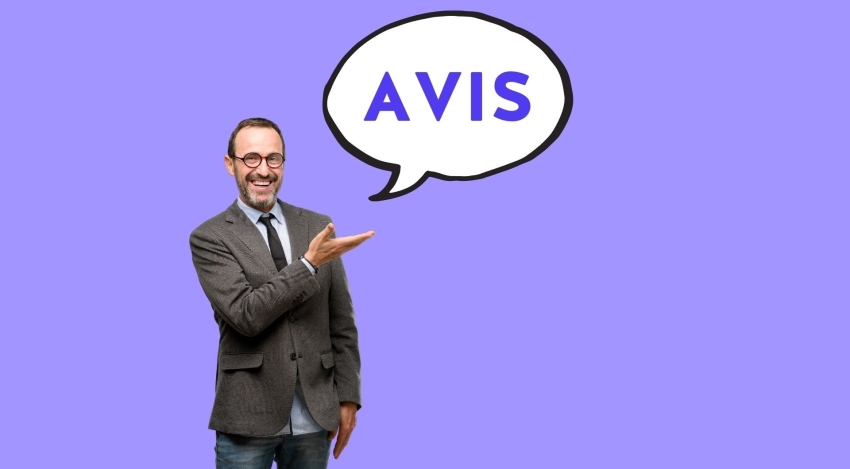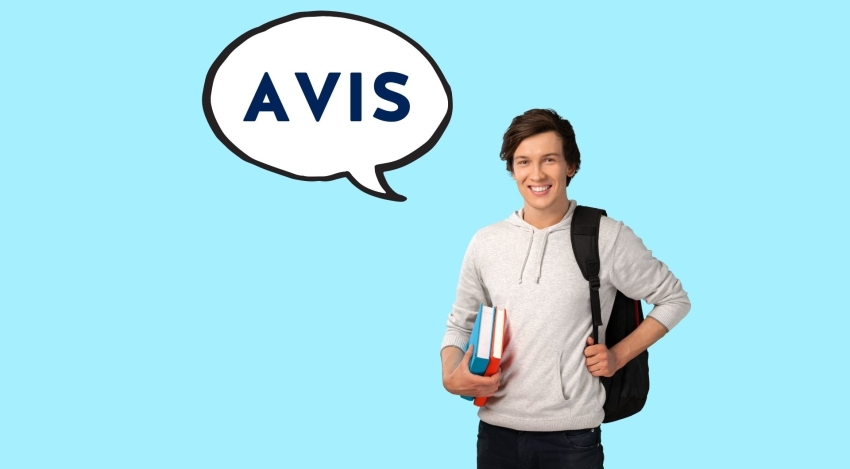

A few weeks ago, we interviewed Nadia Jacoby, who shared her perspective on how universities responded to the crisis. Having been a researcher for about a decade and later the Vice-President for Digital Initiatives at the University Paris 1 Panthéon-Sorbonne, Nadia Jacoby fulfilled her dream of becoming an entrepreneur by founding Simone & les Robots.
The mission of Simone & les Robots is to inspire, transform, and digitize higher education. To achieve this, the organization assists institutions in their digital transition.
A study conducted by Simone & les Robots after the initial lockdown revealed that universities adapted rapidly to the crisis situation. They swiftly shifted to remote teaching using the Learning Management Systems (LMS) they already possessed. All of them were equipped with E-learning platforms, particularly Moodle, which greatly facilitated the transition.
Regarding the academic year 2020, universities had already anticipated the challenges. "We more or less knew that things wouldn't return to normal" by September. Many of them implemented a hybrid teaching system. This approach particularly focused on incoming students who were unfamiliar with university procedures. Fresh high school graduates were given priority for in-person classes while it was still allowed in France.
The Covid-19 pandemic significantly accelerated the digital transition of universities, which is a widely acknowledged fact. However, the concept of hybrid teaching is not entirely new. The French Ministry of Higher Education, in collaboration with universities, has been considering hybrid approaches for years. In 2018, the government launched a project titled "Flexible Pathways in Undergraduate Studies" with the aim of developing more customizable and hybrid learning paths. The national objective has been to better cater to the expectations and needs of specific students, such as those who are employed or returning to studies.
However, the somewhat abrupt transition that universities had to undergo wasn't straightforward. While it saves transportation costs (for both instructors and students) and enables pre-recorded and synchronous/asynchronous teaching, it requires a significant pedagogical shift and preparation from the instructors.
Interaction posed a major challenge for universities. In a lecture hall with 300 students, there's genuine exchange and interactivity. Facing a screen, even with a group of 20, the instructor can't see everyone. They need to engage students differently and relearn how to teach.
Replicating the exact same lecture as in-person in front of a screen isn't ideal, according to Nadia. "It's not enjoyable for the students, not pleasant for the instructors, and all in all, not very effective."
This situation brought forward pedagogical practices that were rarely used in the past. Flipped classrooms seem to be well-suited. The student-instructor interaction changes its nature. Instead of one-directional knowledge delivery, where the instructor imparts content, students take notes, and then learn content to prepare for exams, flipped classrooms involve communicating content, such as text or video, beforehand. Students engage with the content prior to the class (held via video or in small groups), enabling them to ask questions, revisit unfamiliar concepts, and engage dynamically. This approach is more engaging and significantly different.
This pedagogical shift is not straightforward. Courses need to be reimagined and redesigned by instructors. They also need to master various digital tools, which aren't always intuitive. Many universities began organizing teacher training sessions for these new practices as early as March last year. For example, the University of Lorraine launched a series of webinars to train its instructors.
Ultimately, while these adaptations were implemented in the context of crisis management, they contribute to the long-term digital transformation of universities. The digital support services, IT departments, decision-makers, and instructors, all learned a great deal during the eventful year of 2020.
"Knowledge is experience, everything else is just information." - A. Einstein


